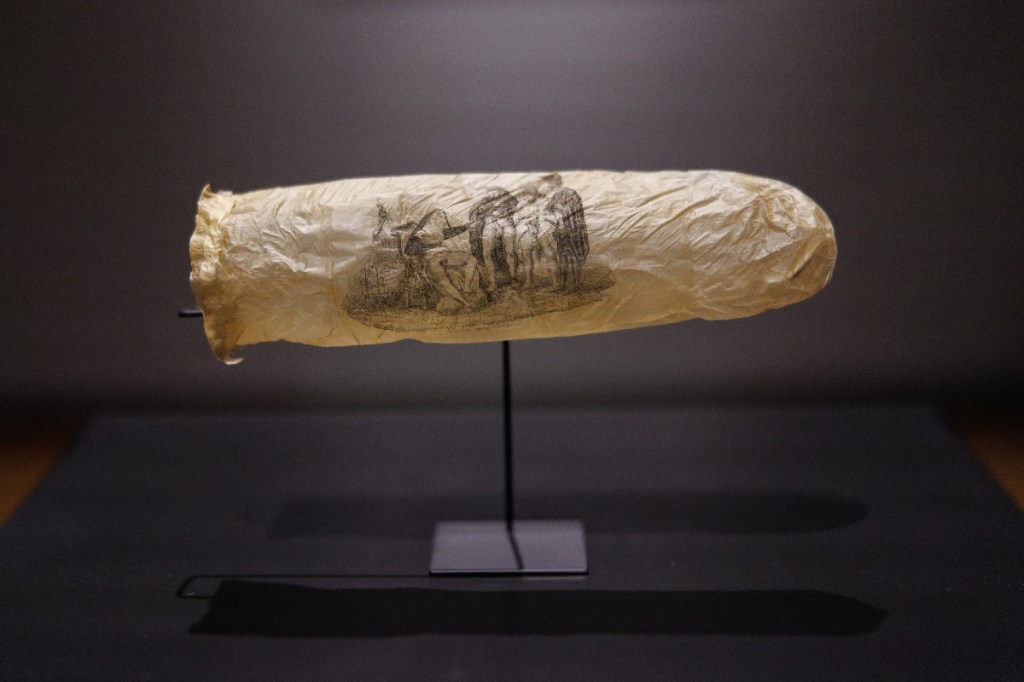We know evolution as the process by which living things adapt to their environments over time by making the necessary physiological changes required to survive. Well, according to some computer simulations run by evolutionary biologists from the University of Michigan, evolution itself might evolve, too.
To actually study this in real time would be impossible unless you were an immortal scientist. Evolution occurs over such an enormous amount of time that no one person could observe evolutionary changes on a macro scale, especially so many that you could form this kind of theory.
Videos by VICE
But by using computer simulations, evolutionary biologist Bhaskar Kumawat was able to create self-replicating and randomly mutating “organisms.” From the sound of it, it seems like a really cool video game where you get to watch millions of years of evolution unfold in a compressed amount of time. Though it’s probably just a bunch of numbers on a screen rather than watching some little animated alien dude sprout a new arm.
It all boils down to the idea of “evolvability,” or the ability of an organism to adapt. If an organism doesn’t need to adapt—because there’s nothing externally forcing it to adapt—it won’t change and thus remain relatively stagnant, evolutionarily speaking. This is the “If it ain’t broke, don’t fix it” philosophy.
Organisms start mutating much faster when their environment changes because they must quickly adapt to these changes to survive. The simulation found that an organism existing in a middle-ground with moderate rates of environmental change adapted fast enough to survive its environment but not so fast that it caused complications. These middle-ground organisms evolved more quickly because they were evolving at a steadier rate.
Another mechanism of evolvability is the variety of mutations in reaction to a set of external conditions. As an oversimplified example, if a frog lives somewhere that experiences extreme heat in the summer and extreme cold in the winter, it will develop a thousandfold increase in mutations simply for having to switch between opposing traits.
An increase in evolvability is most effective when the environmental shifts happen over a huge period, with the sweet spot being at least 30 generations. The simulation found that once an organism improved its ability to evolve, that ability persisted even when no external environmental changes were inducing it.
In a sense, an organism can get better at evolving. It’s almost like evolution itself can be optimized to produce even more beneficial mutations. If you thought people who try to optimize every aspect of their lives were annoying, wait till they start trying to optimize their evolution.
More
From VICE
-

Photo by Rijksmuseum/Kelly Schenk -

Photo by Tibor Bognar via Getty Images -

De'Longhi Dedica Duo – Credit: De'Longhi -

We Are/Getty Images
